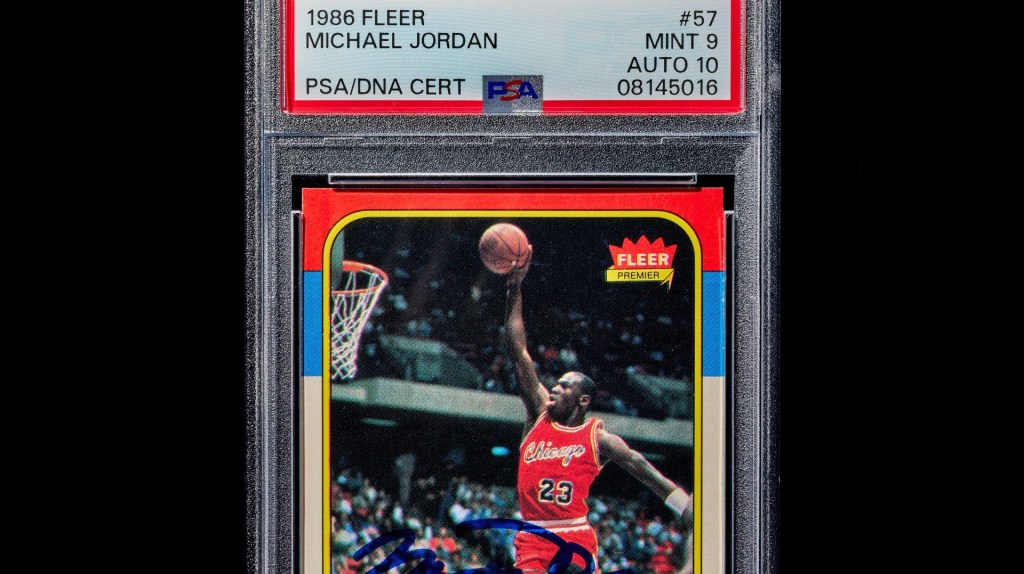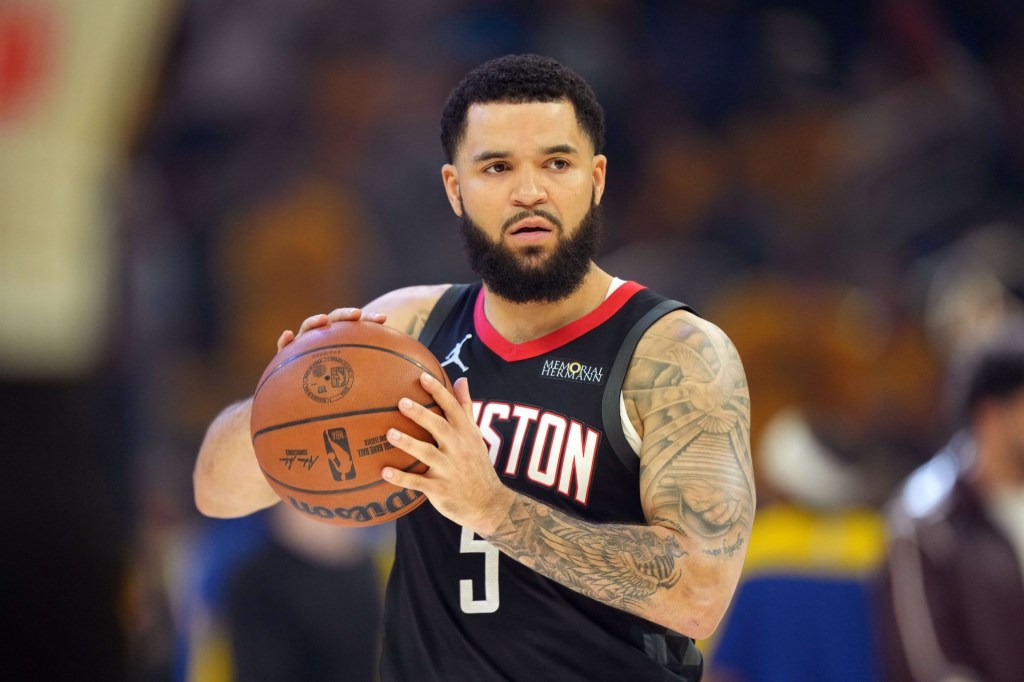Fanatics is at it again. No, it’s not a foray into the online sports betting market, nor a new raise for their eleven-figure e-commerce business.
This time, Fanatics is getting into “old school” NFTs, or you know, collectible trading cards.
On Jan. 4, Fanatics announced the acquisition of Topps’ trading card business, a long-time leader in the space, for a reported $500 million.
The deal cements Fanatics’ June announcement that the company would be venturing into collectibles — the first of several announcements from the e-commerce giant that would come over the subsequent months.
While Fanatics has been riding high amidst its multi-billion dollar valuation and ever-expanding business model, Topps has enjoyed markedly less recent success. The company anticipated going public via SPAC in Q3 2021, an ambition that ultimately did not come to fruition.
So, how did we get here? Let’s do a quick rewind to set the scene.
The Background
At the beginning of 2021, Fanatics was already a highly successful company with partnerships across the sports landscape and a firm grasp on merchandising. Its August 2020 valuation had pegged the company at $6.2 billion.
Since then, the valuation has nearly tripled and multiple new businesses have been introduced. A brief synopsis:
- In March, Fanatics raised $320 million from MLB Advanced Media and Silver Lake, among others, at a $12.8 billion valuation.
- During the summer, Fanatics announced that it would be launching a trading card business (with no inventory) and brokered exclusive deals with the NBA, MLB, their respective player associations, and the NFL.
- In September, reports surfaced that Fanatics was closing in on the purchase of a sportsbook operation as it hired former FanDuel CEO Matt King to work with Fanatics CEO Michael Rubin on “new ventures.”
- In October, the company announced that digital collectibles firm Candy Digital (majority owned by Fanatics along with Gary Vaynerchuk and ex-hedge fund manager Michael Novogratz) had raised $100 million at a $1.5 billion valuation.
- Then this past week, Fanatics struck an agreement to buy Topps for that aforementioned $500 million.
The Topps purchase culminates one of the more brilliant strategic plays in recent memory. Before raising an initial $350 million for the trading card business, Rubin shrewdly acquired exclusive Major League Baseball rights as the league ended its long-standing relationship with Topps.
Why So Cheap?
If you go back to early 2021, rumors of Topps’ aspirations to go public came with a proposed valuation in the billions. In an April investor presentation, it was confirmed that a SPAC deal between Topps and Mudrick Capital (the blank-check company) would value Topps at $1.3 billion on $567 million of reported 2020 revenue.
After MLB didn’t renew its deal with Topps, however, both sides decided that a transaction was no longer feasible, and the $1.3 billion figure was a thing of the past.
At a glance, a reduction in price from $1.3 billion to $500 million makes it look like Fanatics is buying this asset at a steep discount. But it’s not quite that simple.
Fanatics will not be acquiring Topps’ full business but instead two of its four revenue streams: physical products (e.g. trading cards) and digital products. The revenue breakdown looks something like this:
- Physical products: $312 million (55%)
- Confections: $198 million (35%)
- Digital Products: $35 million (6%)
- Gift Cards: $22 million (4%)
This indicates that Fanatics paid $500 million for approximately $347 million of 2020 revenue. While the purchase is still by all means a “steal” relative to the SPAC valuation, it wasn’t a one-to-one revenue purchase. Check out these valuations of Topps’ business based on different purchase scenarios:
- SPAC valuation: ~2.3 x 2020 revenues
- Valuation based on purchase of all four Topps’ revenue streams: 0.88 x 2020 revenues
- Valuation based on actual purchase of digital and physical products: ~1.4 x 2020 revenues
In any case, Fanatics now owns a full inventory of digital and physical assets. With that locked in, and an iconic brand in hand, the company theoretically has all they need to go forward with the new business line.
The play is simple — utilize their 80 million customer list as a new distribution channel and go direct to customers. It doesn’t hurt that Topps has existing deals in place with massive retailers like Walmart and Target.
Potential Upgrades
While the model described above may provide strong distribution, Fanatics can still put its signature touch on the product.
The company has, by many estimations, mastered the direct-to-consumer model. They are experts in providing their customers with an end-to-end journey that encompasses all aspects of the purchasing experience. For trading cards, this might mean exploring grading and storage.
Could we see Fanatics acquire a grading company like PSA, Beckett, or Sportscard Guaranty? Odds are yes. Rubin has said “this hobby has so many people in the middle of it and is perfectly set up to have an integrated direct-to-consumer experience.”
PSA would be the crown jewel, but it’s worth noting that Collectors Universe, the parent company to PSA, executed a “go private” transaction for $700 million in December 2020. The price tag would be expensive, but at this point, I wouldn’t put anything past Rubin.
Looking Ahead
Now, what happens when Fanatics decides to become a public company?
Back in August, I wrote that Fanatics is looking to build a full-spectrum fan experience company. From ticketing and merchandise to NFTs, memorabilia, and betting, Fanatics is poised to become an “everything store” for sports.
But things could get a little complicated. Fanatics (e-commerce) is a wholly owned subsidiary of Fanatics Inc., but Candy Digital and Fanatics’ new collectibles company are separate entities with majority ownership from Rubin and Fanatics.
The entities are all related, but do not technically fall under the same ownership structure. While this isn’t that uncommon — think of Endeavor’s corporate structure pre-IPO — it does pose the question: How should Fanatics be looking towards the future?
Here’s my take. Fanatics can either go the Alphabet route or the Amazon route.
- Alphabet, the parent company to Google, is the result of a structural change from 2015 that separated Google Search and YouTube from more nascent business lines. This provided clarity to shareholders that Search and YouTube were the main revenue drivers and everything else was ancillary.
- Amazon, on the other hand, has several larger revenue streams which are housed in the same corporate structure. Whether it’s e-commerce, Amazon Web Services, or third-party sellers, the business lines fall under one umbrella and are reported accordingly.
Fanatics can lean into its core competency (e-commerce) and allow other business lines to act as growth projects under an overarching holding company or build out each individual line within the framework of a single entity.
Whichever path they take, Fanatics’ companies have reached approximately $30 billion in combined value, and that’s without the eventual betting business. What Michael Rubin is building is special, and I’m glad I get to witness it.

















